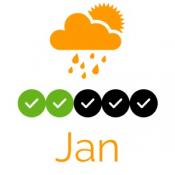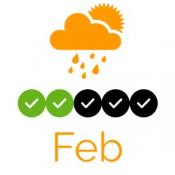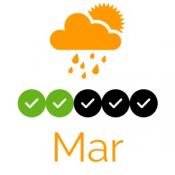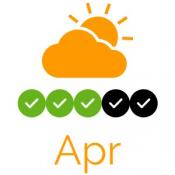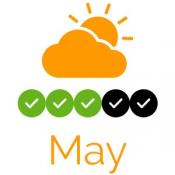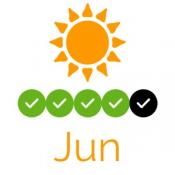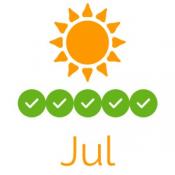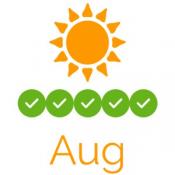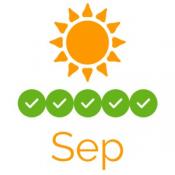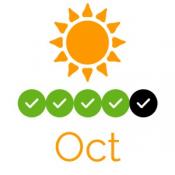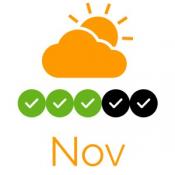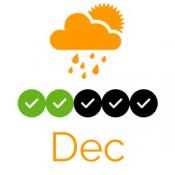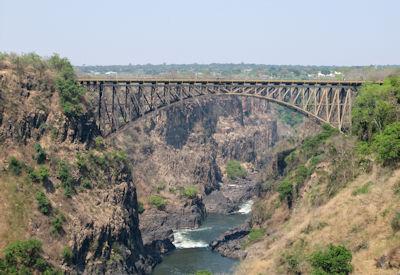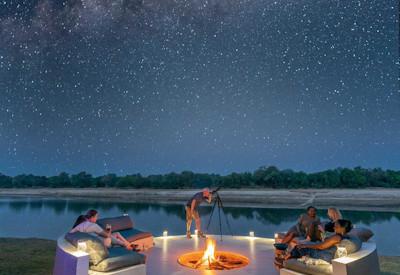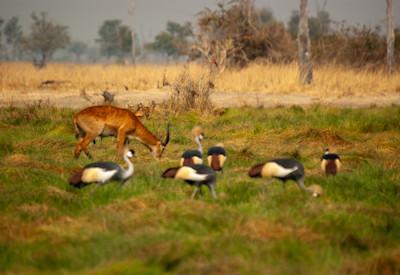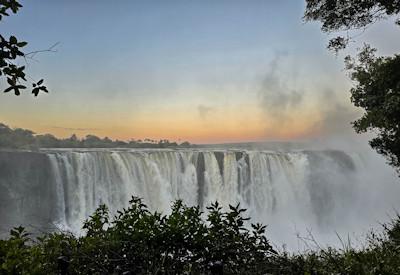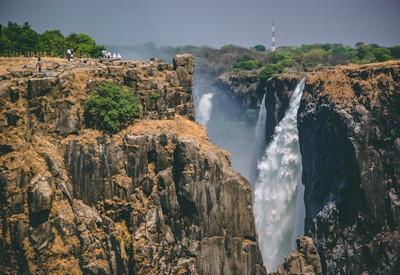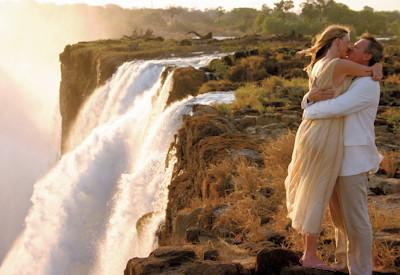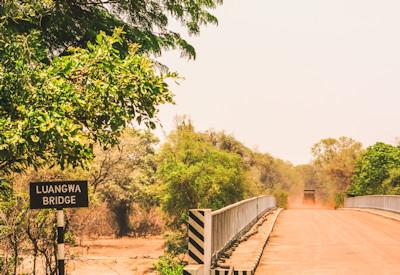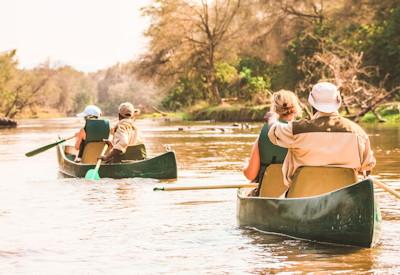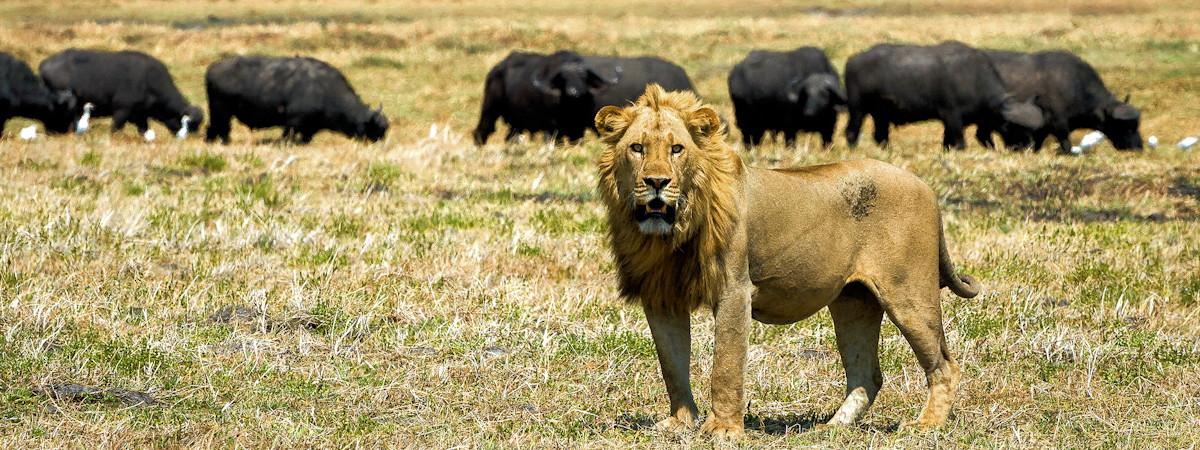
The largest national park in Zambia, second largest in Africa and one of the largest in the world, the Kafue National Park covers an area of 22 400 km². As a general idea of what 22 400 km² looks like in real life, think of Wales (UK) or Massachusetts (USA).
- Size: 22 400 square kilometres
- Location: South-Western Zambia
- Rainfall: 1200mm
- Altitude: +- 1350m above sea level
- Lodges & accommodation: Kafue National Park
Where is Kafue National Park located?
Kafue is located in the centre of south-western Zambia, yes we know that sounds confusing, but there is no better way to describe the location. The best option for eyeballing the exact location of the national park is via google maps; click here for a link that will open in a new page - Google Maps - Kafue National Park
Information On Kafue National Park
Kafue National Park is Zambia's oldest park, and by far the largest, being proclaimed a national park in 1950 by the legendary Norman Carr.
Despite the park being within a days drive of Lusaka, Livingstone and the Zambian Copperbelt, the park has remained completely underdeveloped. Certain areas within the national park are as wild as the day it was proclaimed.
The most popular destination within the Kafue is the Basunga Plains, a raw and wild slice of the African bushveld that offers excellent wildlife viewing, birding excursions and a spot of fishing should one wish.
Further south within the park and the wildlife is just as good, highlighted wildlife within the park includes; Lions, Leopards, Cheetahs, Wild Dog, Side-Striped Jackal, Civet, Genet, Elephant, Hippo, Defassa Waterbuck, Tsessebe, Hartebeest, Zebra, Buffalo, Red Lechwe, Puku, Sable and Roan Antelopes, Oribi and Duiker to mention only but a few. And the list goes on with over 55 species of mammal.
From the astounding Busanga Plains in the North-western section of the Kafue to the tree-choked wilderness and the lush dambos of the south, fed by the emerald green Lunga, Lufupa and Kafue Rivers, the park sustains huge herds of a great diversity of wildlife. From the thousands of red lechwe on the Plains, the ubiquitous puku, the stately sable and roan antelopes in the woodland to the diminutive oribi and duiker.
One of our personal highlights of the Kafue national park is the birdlife on show, +500 species including; Pel’s Fishing Owl, Black-cheeked Lovebird, Chaplin’s Barbet, Wattled and Crowned Crane, African Fin-foot, Bohm’s Bee-eaters, Racket-tailed Rollers, Helmetshrikes, Sooty and Arnot’s Chat's, African Hawk-eagles, Black-chested Snake-eagles, Pallid and Montagu’s Harriers, Lesser Kestrels and European Hobby. Now just that listing alone will have most birders itching to get and experience that +500 species count.
For those interested in fishing, the Kafue and Lunga Rivers offer excellent opportunities, especially for bream, barbel and freshwater pike.
Best Time to Visit Kafue National Park
As a general rule, the Kafue National Park is accessible year-round. However, it is best in the dry winter months (June to October) for the more remote locations, such as the Basunga Plains.
In the wet summer months (November to April), areas like the Basunga Plains are completely inaccessible, while a few areas further south remain open.
All in all, when looking at a safari with the Kafue, winter is the best period for wildlife and accessing those remote regions, while the summer months are best for birding.
Main Attractions Of Kafue National Park
- Antelopes galore
- +500 species of birds
- +55 species of mammal
- Very remote African bushveld
- Hippos and crocodiles
- Walking, birding, wildlife safaris
- Photography
- Kafue and Lunga River activities
- Basunga Plains
10 Reasons To Visit Livingstone
Nestled on the border of Zimbabwe and Zambia, Livingstone is a treasure trove of natural beauty, adrenaline-pumping adventures, and rich cultural experiences that beckon travellers from around the globe. It's not just a destination; it's the gateway to exploring the majestic Victoria Falls, known locally as Mosi-oa-Tunya or "The Smoke That Thunders."
This awe-inspiring wonder of the world serves as the perfect backdrop for what promises to be an unforgettable journey. As you delve into our latest blog, "10 Reasons to Visit Livingstone," prepare to be captivated by a land where nature's power is matched only by its beauty, and every experience is steeped in wonder.
10 Best Lodges in Zambia
Embark on an unforgettable journey through the heart of Africa as we unveil the 10 best lodges in Zambia, each offering a perfect blend of opulence and adventure. Known for its breathtaking landscapes and rich wildlife, Zambia is home to some of the world's most exquisite safari lodges.
From the majestic Victoria Falls to the serene Zambezi River, each lodge provides a unique gateway to Zambia's natural wonders. Picture yourself waking up to the sounds of the wild, enjoying world-class amenities, and engaging in thrilling activities like game drives, walking safaris and canoeing safaris.
10 Reasons to Visit the Luangwa National Park
If you're dreaming of an unforgettable safari adventure, look no further than Zambia's stunning South Luangwa National Park. Known for its incredible wildlife, breathtaking landscapes, and unique safari experiences, this Zambian gem offers something for everyone.
From walking safaris to birdwatching, here are 10 compelling reasons to visit Luangwa National Park and immerse yourself in the heart of Africa's wilderness. Whether you're an avid wildlife enthusiast, a photography buff, or simply looking for an unforgettable safari, Luangwa National Park has something to offer for everyone.
Zambia Travel Bucket List
Are you dreaming of an unforgettable adventure in Africa? Look no further than Zambia! This travel bucket list covers the top must-see destinations and experiences, from the majestic Victoria Falls to thrilling safaris and vibrant cultural festivals.
Whether you're an adrenaline junkie, a wildlife enthusiast, or a culture lover, Zambia offers a diverse array of activities and sights that cater to every type of traveller. Get ready to explore vast landscapes, immerse yourself in local traditions, and enjoy unique wildlife encounters that will leave you with memories to last a lifetime.
Devil's Pool Victoria Falls
The Devil's Pool is a natural pool at the edge of Victoria Falls. It is created by the Zambezi River and it's really cool.
You can swim right up to the edge and you will be close enough that you will feel like you are going to plunge over as well as dizzy from all of the water around you.
The Perfect Victoria Falls Honeymoon Safari
Victoria Falls is the ideal destination for a honeymoon or romantic safari. Victoria Falls is an awe-inspiring sight, and it's easy to see why it has become one of the most popular destinations for couples on honeymoon or romantic safari.The South Luangwa Experience
Part 4 of our series describing Zambia. We are now in the South Luangwa National Park, compliments of Time+Tide. The wildlife, the birdlife, the scenery, the walking, the game drives - the National Park is absolutely amazing and wild.The Lower Zambezi Experience
The Lower Zambezi Experience, part 3 where we now explore the Lower Zambezi region of Zambia, home to amazing wildlife and the Lower Zambezi National Park. Taking in canoeing while staying at Sausage Tree Camp and Old Mondoro.

